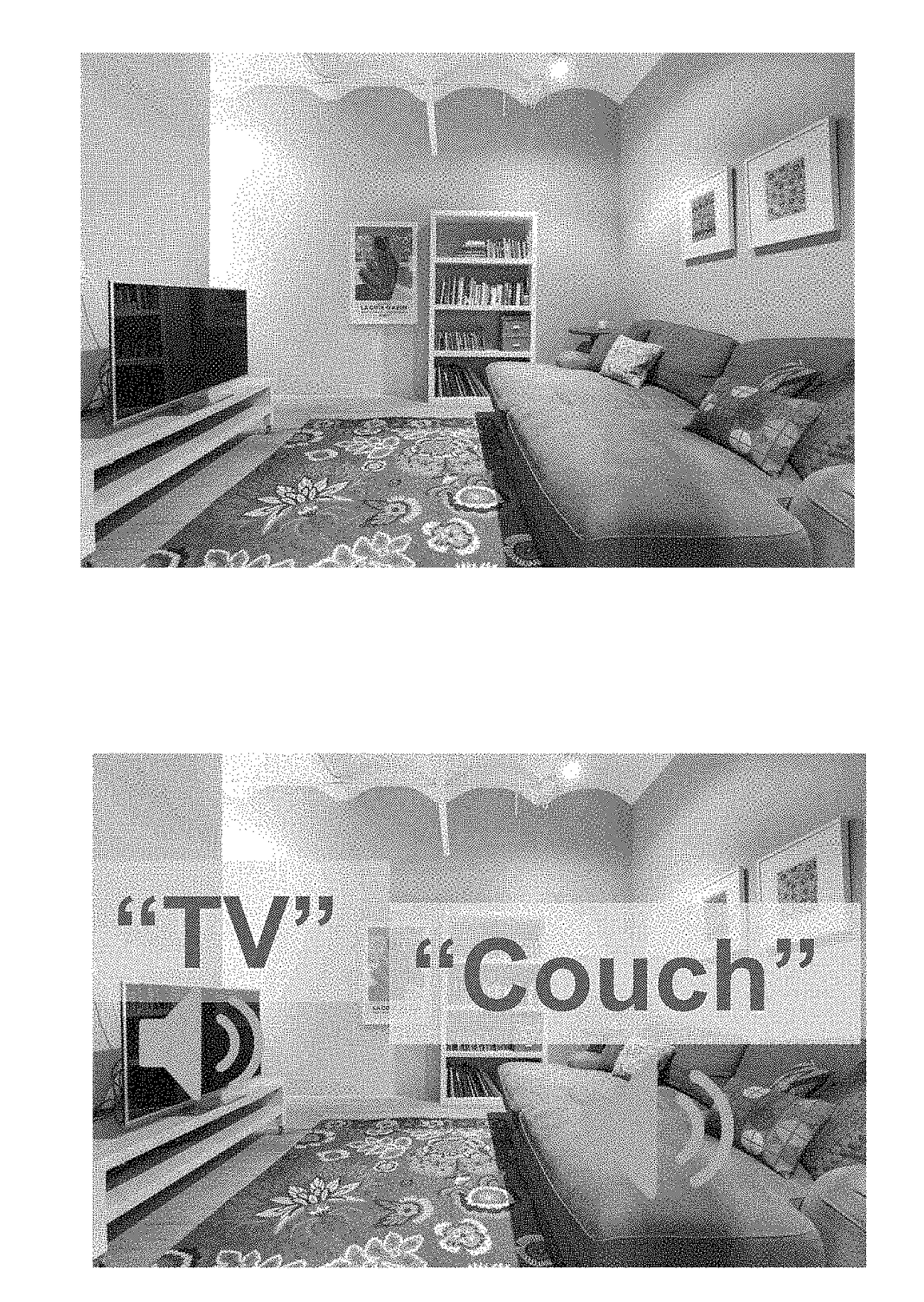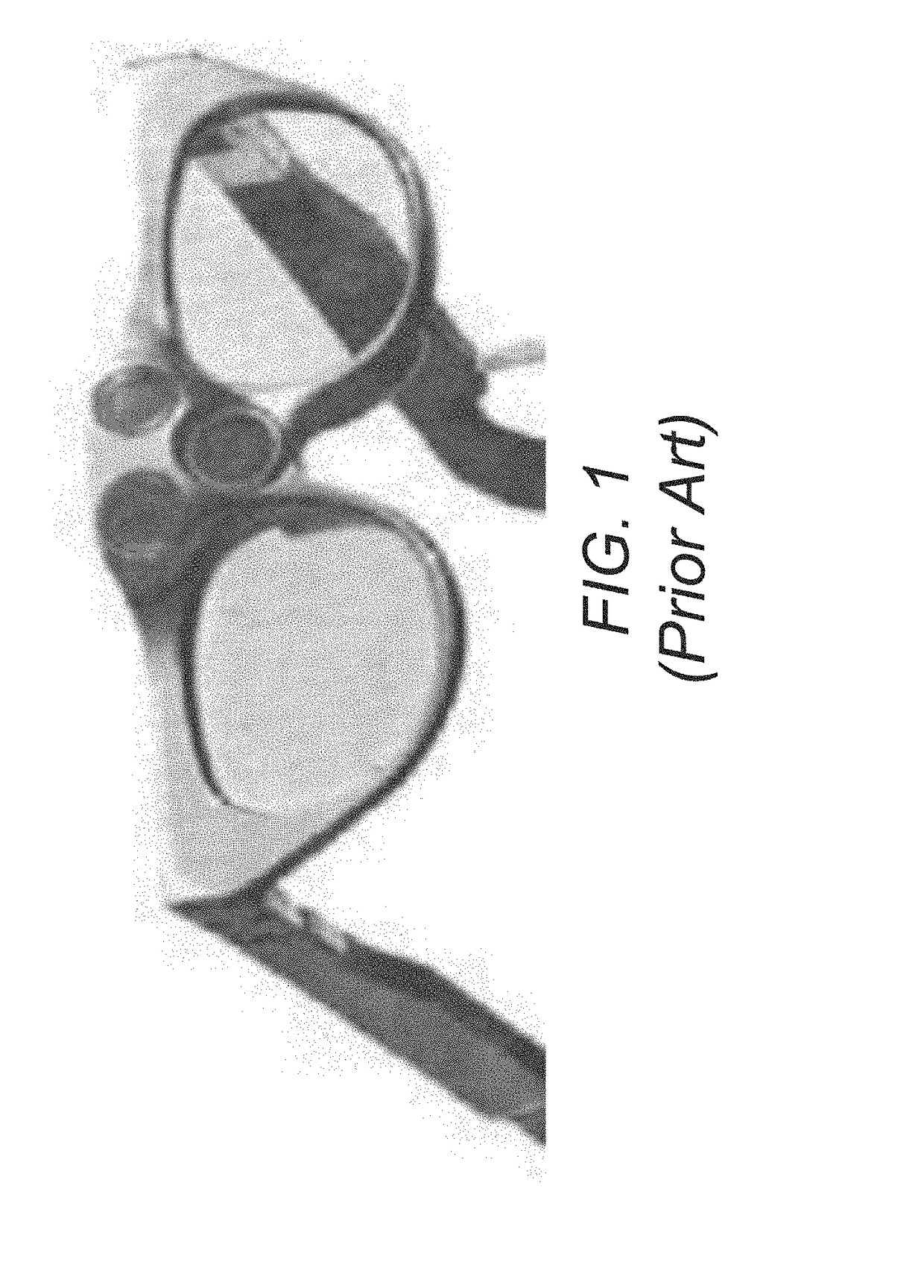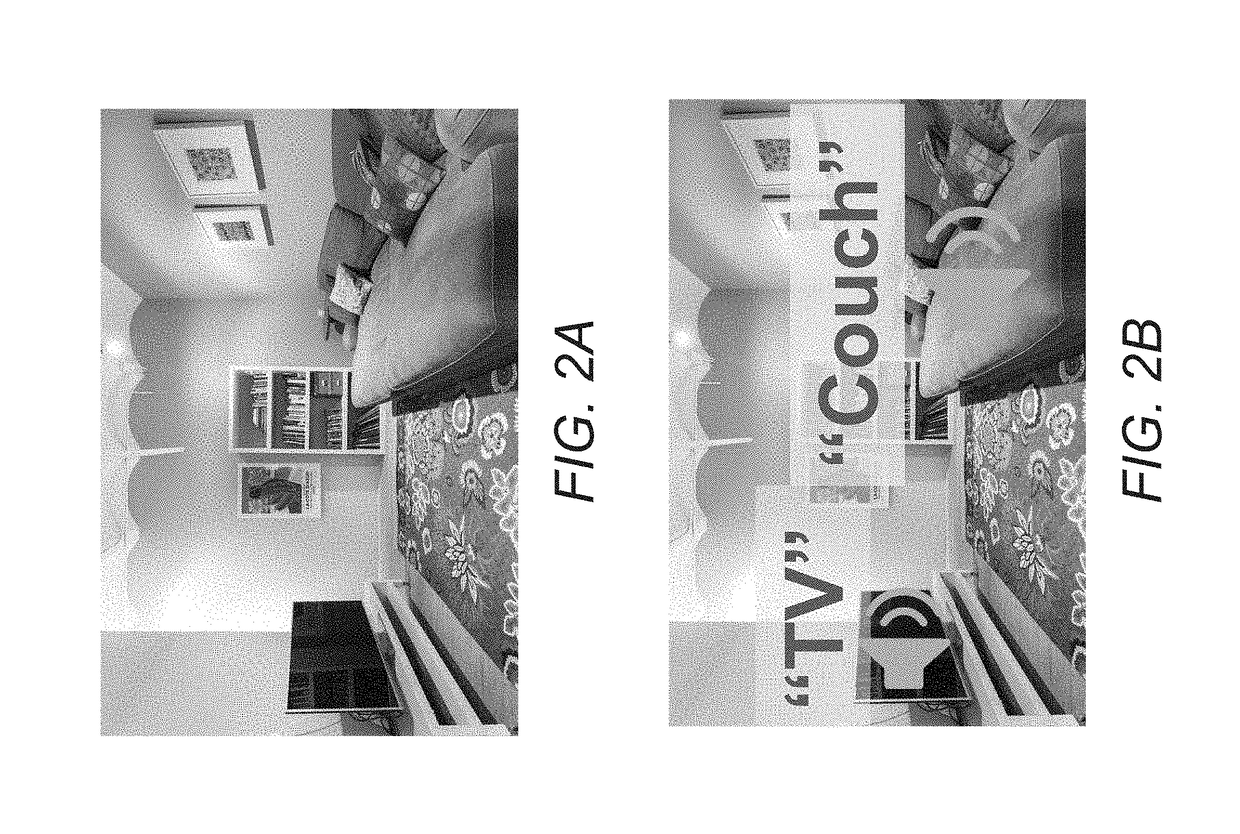Systems and Methods for Generating Spatial Sound Information Relevant to Real-World Environments
a sound information and spatial technology, applied in the field of machine vision systems, can solve the problem that indoor navigation is typically not reliably performed, and achieve the effect of improving the accuracy of indoor navigation
- Summary
- Abstract
- Description
- Claims
- Application Information
AI Technical Summary
Benefits of technology
Problems solved by technology
Method used
Image
Examples
Embodiment Construction
[0074]Turning now to the drawings, spatial exploration systems and methods for generating spatial sound information relevant to real-world environments in accordance with various embodiments of the invention are illustrated. Spatial exploration systems in accordance with many embodiments of the invention represent real-world environments using 3D spatial models. These 3D spatial models are data structures that describe the 3D structure of the surrounding environment, which are dynamically updated by processors within the spatial exploration systems. Spatial exploration systems can place 3D objects within the 3D spatial models and can utilize the 3D objects generate spatial audio information concerning the environment. In the discussion that follows, the terminology “3D” is used to refer to a computer-generated representation that is stored in the memory of a computer system as opposed to a real world structure or object. In certain embodiments, the 3D objects annotate real world obj...
PUM
 Login to View More
Login to View More Abstract
Description
Claims
Application Information
 Login to View More
Login to View More - R&D
- Intellectual Property
- Life Sciences
- Materials
- Tech Scout
- Unparalleled Data Quality
- Higher Quality Content
- 60% Fewer Hallucinations
Browse by: Latest US Patents, China's latest patents, Technical Efficacy Thesaurus, Application Domain, Technology Topic, Popular Technical Reports.
© 2025 PatSnap. All rights reserved.Legal|Privacy policy|Modern Slavery Act Transparency Statement|Sitemap|About US| Contact US: help@patsnap.com



